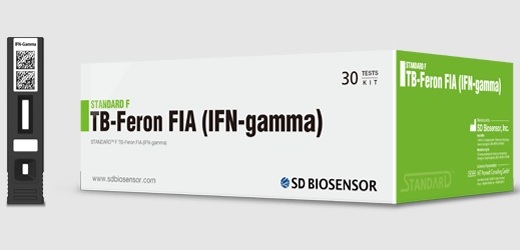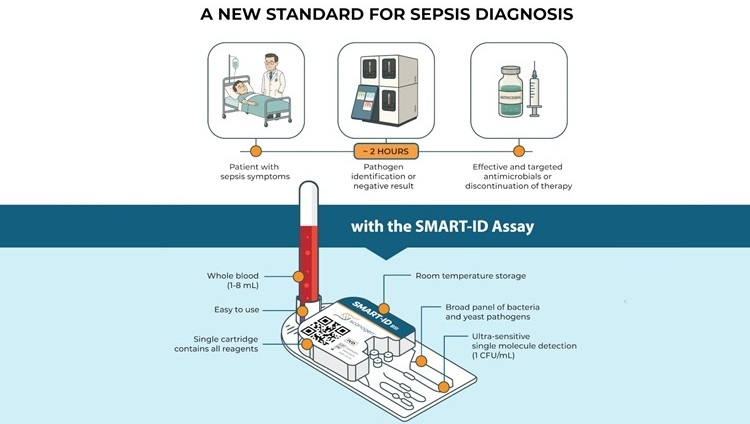Second Test Helps Prevent Incorrect HIV Diagnosis
By LabMedica International staff writers
Posted on 06 Dec 2017
The specificity of nucleic acid amplification tests (NAATs) used for early infant diagnosis (EID) of human immunodeficiency virus (HIV) infection is less than 100%, leading some HIV-uninfected infants to be incorrectly identified as HIV-infected.Posted on 06 Dec 2017
Without confirmatory testing, 128 of every 1000 infants initiating antiretroviral therapy (ART) were actually HIV-uninfected, due to false-positive diagnoses; with confirmatory testing, only 1 out of 1,000 infants initiating ART was truly uninfected.
A team of scientists working under the auspices of the University of Cape Town (Cape Town, South Africa) examined the impact of a second NAAT in infants to confirm a first positive result. They assumed a NAAT cost of USD 25, specificity of 99.6%, and sensitivity of 100%. The team used the Cost-effectiveness of Preventing AIDS Complications (CEPAC)–Pediatric model, and simulated EID testing at age six weeks for HIV-exposed infants without and with confirmatory testing. After diagnosis, infants were linked to and retained in care for 10 years (false-positive) or lifelong (true-positive).
Both without and with confirmatory testing, life-expectantly (LE) was 26.2 years for HIV-infected infants and 61.4 years for all HIV-exposed infants; clinical outcomes for truly infected infants did not differ by strategy. Because confirmatory testing averted costly HIV care and ART in truly HIV-uninfected infants, it was cost-effective: total cost USD 1,790/infant tested, compared to USD 1,830/infant tested without confirmatory testing. Confirmatory testing remained cost-effective unless NAAT cost exceeded USD 400 or the HIV-uninfected status of infants incorrectly identified as infected was ascertained and ART stopped within three months of starting.
Andrea Ciaranello, MD, MPH, an assistant professor at Massachusetts General Hospital (Boston, MA, USA) and senior author of the study, said, “While projected cost differences are small, confirmatory testing is likely to be cost-saving under a wide range of scenarios in South Africa. Concerns about the cost of the second test itself should not be the reason to avoid this important intervention.” The study was published on November 21, 2017, in the journal Public Library of Science Medicine.
Related Links:
University of Cape Town
Massachusetts General Hospital














